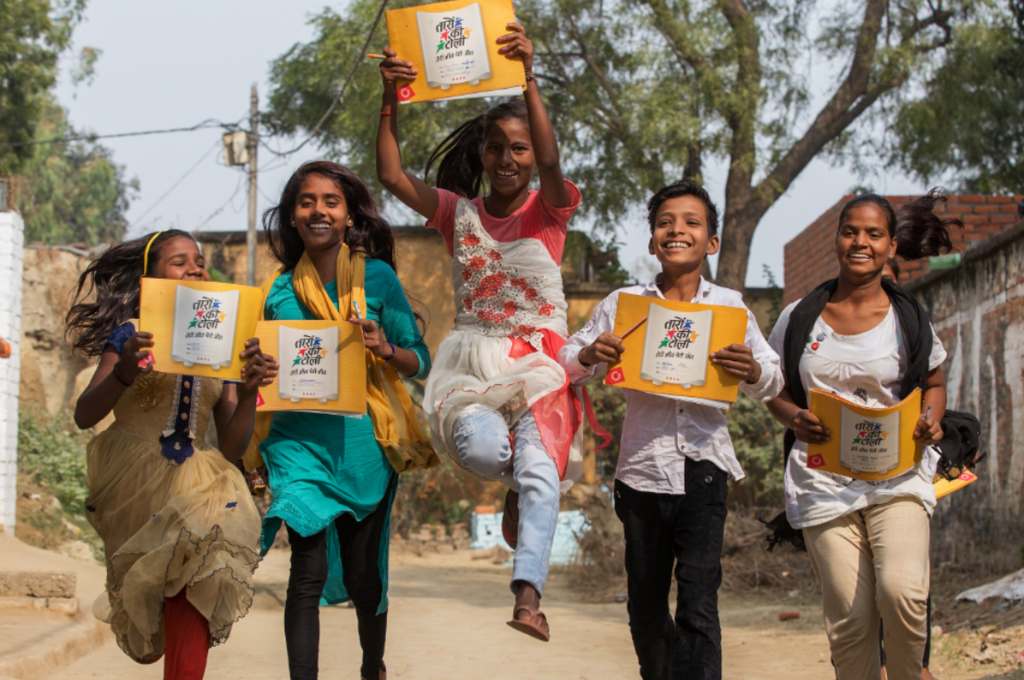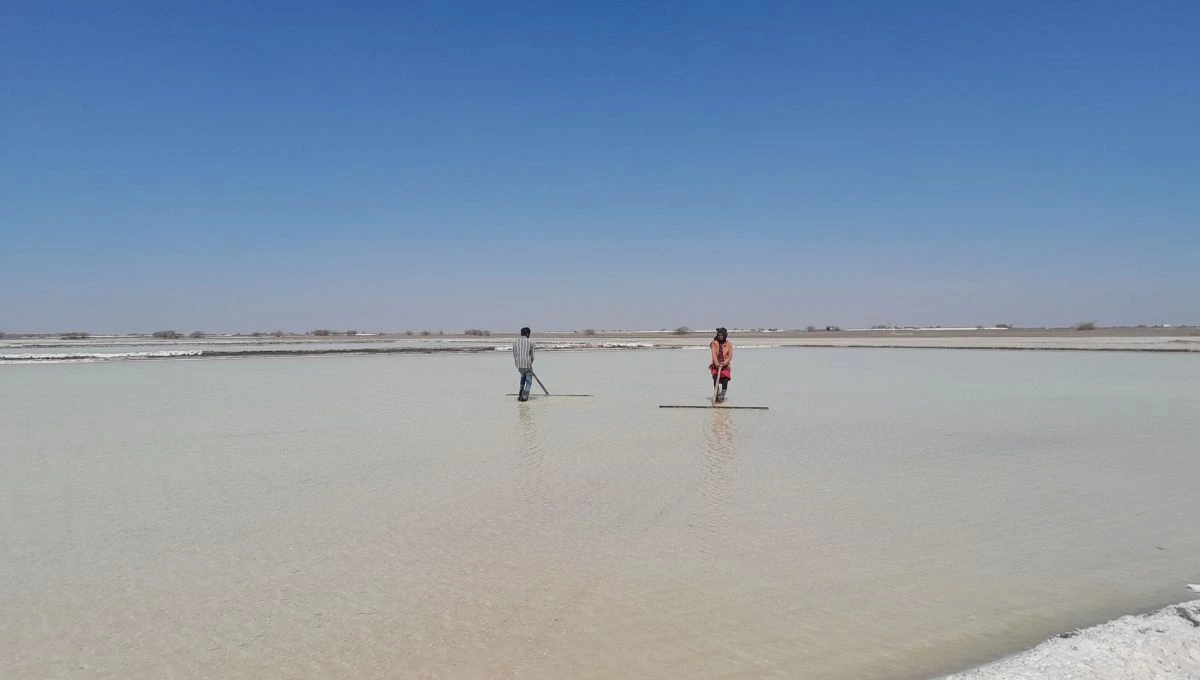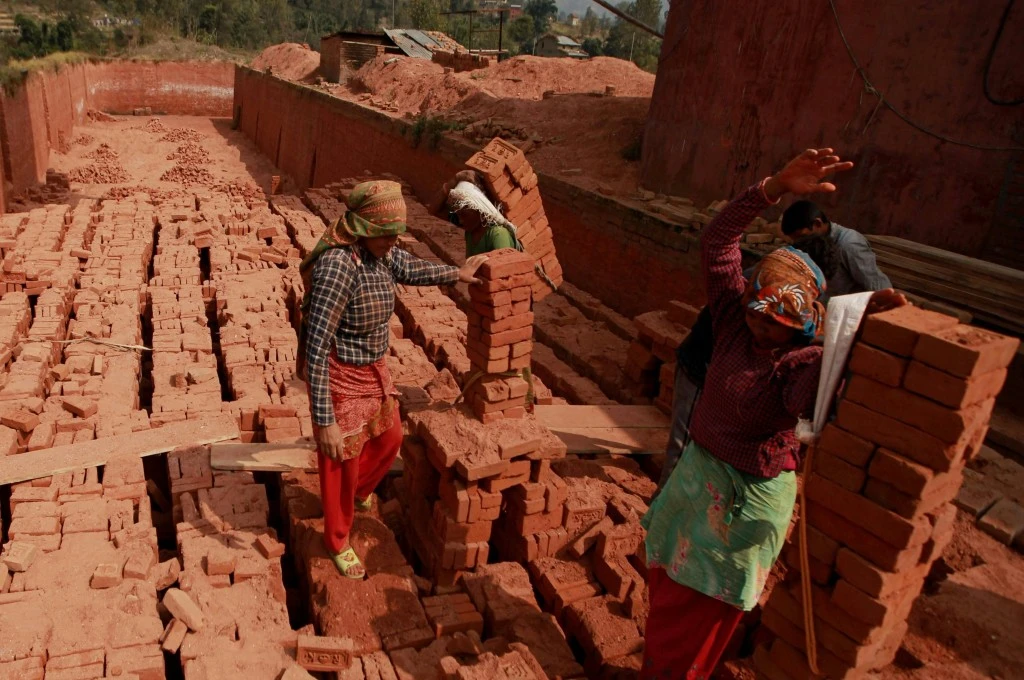The United Nations’ Sustainable Development Goals Progress Report released earlier this year had a sobering message for all of us: The world is falling behind on achieving the Sustainable Development Goals (SDGs). Policy solutions with proven effectiveness are key to reversing this trend. But for maximum impact, they need to be taken to as many people as possible, in as many places as possible.
This lack of progress is evident in SDG 5: gender equality. The COVID-19 pandemic has reversed years of progress and strides made towards achieving economic and cultural equality for women in India and the rest of the world. This is clearly depicted by the fact that India ranked 135 out of 146 countries in the Global Gender Gap Index 2022. Policy solutions aiming at bridging this gap are therefore more important today than they have ever been before. The question is, which solutions can bring about large-scale change?
One solution studied by researchers affiliated with J-PAL focuses on adolescents, who are young enough for their attitudes to still be malleable but also old enough to comprehend discussions on gender. A curriculum developed by Indian nonprofit Breakthrough to promote gender-equal views among children is an example of how to develop and implement an effective intervention and take it to scale.

Breakthrough’s curriculum, titled Taaron ki Toli (Gang of Stars), tackles a pressing and pervasive problem in India—bias against women. J-PAL-affiliated researchers Seema Jayachandran and her co-authors evaluated Taaron ki Toli (TkT) in Haryana and found that it fostered progressive gender views among young adolescents. For instance, the programme led to an increase in household chores done by boys (although not a decrease in chores done by girls, due to external constraints). This behaviour change among boys persisted even after the programme ended, measured two years later.
The next question to ask is, how do we share these results with policymakers and expand the use of such a curriculum across states? Policymakers are often interested in whether results and lessons from a programme tested and found to be effective in one region are applicable in different contexts. If we are faced with the same policy problem, then it is possible that the solutions to fight those problems can also be the same, or at least similar. These solutions can offer general lessons, which can be transferred to other states and applied after accounting for local needs.
Following the encouraging results in Haryana, J-PAL South Asia and Breakthrough partnered with the governments of Odisha and Punjab to scale up the curriculum in state-run secondary schools. In Punjab, the programme was launched under the name of Chanan Rishman while the Government of Odisha launched it under the name of Barnali. It is slated to reach a total of 3 million children every year across the two states.
Even though each programme requires a different approach for scaling up, TkT offers a few broad insights into the process that may be useful for governments, implementing organisations, and researchers working towards this end.
Some background to the curriculum
Adolescence, considered a critical time for development, is when children are still forming their own attitudes but are mature enough to grasp and reflect on complex issues.

The TkT curriculum includes interactive classroom discussions on gender roles and on contemporary issues such as violence against women and sexual harassment. Students would also be given homework assignments such as writing stories or discussing gender issues with family members.
The curriculum was delivered to 18,000 girls and boys between the ages of 11 and 15 across schools in Haryana.
The curriculum was rolled out for the first time in 2013–14 in Haryana, a state with a highly skewed gender ratio. The Government of Haryana was interested in evaluating policies to reduce gender bias. Spurred by this interest, Breakthrough worked closely with officials from the Department of Education, school principals, and teachers to introduce TkT in state-run schools, with J-PAL South Asia collaborating on the evaluation.
In a span of two and a half years, the curriculum was delivered to 18,000 girls and boys between the ages of 11 and 15 across 150 co-ed and single-sex schools in four districts in Haryana. The interactive, 45-minute sessions were taught by Breakthrough-trained facilitators during school hours. They were held every three weeks during this period.
Interestingly, the evaluation showed that at the second end line of results collected, boys showed a greater increase in gender positive attitudes compared to girls. At the first end line, the attitude change was the same for boys and girls, but ultimately translated into more behaviour change for boys. One way to understand these results is that, compared to girls, boys are allowed a much higher degree of freedom to express themselves as well as act on their belief systems within their families and communities. Even then, data collected during the study showed that girls who were part of the programme applied more for college scholarships. This suggests that the programme had a positive effect on girls’ aspirations or their ability to persuade their parents to support their goals.

Maximising impact: Scaling up TkT in Punjab and Odisha
Building on Haryana’s success, TkT was scaled up by the state governments of Punjab and Odisha. Governments of both states have shown tremendous commitment towards addressing issues of gender inequality.
In Punjab, the programme was officially launched in March 2021. By July 2022, it had reached 6,250 state-run schools and had been integrated into the state’s Social Studies and English curricula.
In Odisha, the curriculum is being rolled out with support from ASPIRE. The government has announced that the curriculum will be introduced to 23,000 upper primary and secondary state-run schools across all districts, reaching 2.5 million students.
Three key lessons emerge from the experience of taking the TkT programme to new contexts and scale:
1. Finding common ground: Aligning with government priorities
Government involvement and ownership is vital to expand the reach of a policy intervention that has proven to be effective. Specifically, understanding ground realities and building buy-in at the implementation level is key.
A thorough analysis of the state’s policy priorities is the first step towards getting government buy-in. In other words, the policy problem that a given programme is trying to solve should fit with the government’s priorities.
For example, TkT is in line with the Odisha chief minister’s 5T School Transformation programme, which, among other things, aims to enhance the quality of education and infrastructure in state-run high schools. And gender, more generally, has been a key area of focus for Odisha. The state was one of the first to adopt gender-responsive budgeting, as early as 2005.
The Government of Odisha has also set aside significant funds for teacher training as well as for designing and printing textbooks, demonstrating long-term commitment to the programme.
In the case of Punjab and Odisha, J-PAL South Asia’s long-term partnerships with multiple departments ensured a solid foundation for TkT.
2. Being flexible: Adapting to local needs
For a programme to be successful at scale, it must easily adjust to local realities. The Breakthrough curriculum was designed keeping this in mind. The malleability of Breakthrough’s curriculum allowed for it to be adapted not only to different social and cultural contexts but also seamlessly into regular school curricula across several classes. This way, the government of any state can decide how the original 28 session curriculum needs to be integrated into regular classes and in which grades.
By discussing locally relevant issues, the programme makes it easier for students to grasp important lessons about the society we live in.
The governments of both Punjab and Odisha worked closely with Breakthrough to refine and change the curriculum according to the specialised needs of each state. Breakthrough provided technical and knowledge support to Odisha’s Department of School and Mass Education for developing the pedagogical material with strong contextual relevance, based on inputs from the Commissioner-cum-Secretary of the aforesaid Department, and a group of independent experts in the field of education and gender. It will be delivered through supplementary textbooks for the first year. During this time, J-PAL South Asia and Breakthrough will closely monitor the delivery of the curriculum and make the necessary adjustments to ensure it is relevant to the local context.
In Punjab, the programme material has already been included in English and Social Science curricula for the academic year 2023–24. Students in Punjab are learning about the consequences of living in a male-dominated society, one in which women have fewer social freedoms than men and often stay at home tending to household chores. In Odisha, in addition to learning about rights and responsibilities and enabling intergenerational dialogues, the teaching material will deal with local issues such as child marriage.
By discussing locally relevant issues, the programme makes it easier for students to grasp important and meaningful lessons about the society we live in, and the various challenges women often face. Making the gender curriculum a part of school education allows for greater reach and longevity.
3. Doing the legwork: Keeping things on track
A lot of time has to be spent on the field to make sure we are doing the right things, and doing them the right way.
Enough robust data is required to check for the effectiveness of the programme before it can be scaled up. The researchers on the Haryana evaluation conducted surveys before, during, and after TkT was rolled out to measure student progress over the years.
These students are being followed and surveyed nine years after the programme has ended to see how the curriculum has affected their lives as adults. Some of these students are now married with children and are in positions where they have a say in their communities and within their households.
As we scale up in newer geographies, it is also important to check for the local conditions and implementation capacity to determine the suitability of scaling a programme. For TkT, this meant mapping the attendance rates of students and teachers in Punjab and Odisha as well as staffing in the schools. Low attendance rates and poorly staffed schools would have impeded the delivery and effectiveness of the programme.
Training the teachers in the state-run schools was just as important. Breakthrough held week-long workshops on gender sensitisation and curriculum delivery to reduce the possibility of teachers’ personal gender biases coming through in the classroom.
As the experience with TkT makes clear, scaling up an evidence-based programme takes time, money, and effort from everyone involved. It needs technical expertise to gather generalisable insights, a deep understanding of policy priorities, and sensitivity to local nuances.
Scaling up is a marathon, not a sprint, and it calls for consistent involvement by partners committed to maximising impact and reaching more and more lives with an innovative solution. It requires an acknowledgment of the problem at hand, being invested in the use of evidence, and having the flexibility to adapt the programme by creating a culture of knowledge sharing and learning.
—
Know more
- Read this report by J-PAL to learn more about a series of interactive classroom discussions about gender equality that led to behaviour change.
- To learn more about ASPIRE, a joint initiative by J-PAL South Asia and the Veddis Foundation that works towards scaling up effective programmes across India, click here.
- Read this article to learn about lessons from a study on scaling up empirically tested behavioural solutions in Maharashtra and Jharkhand.





